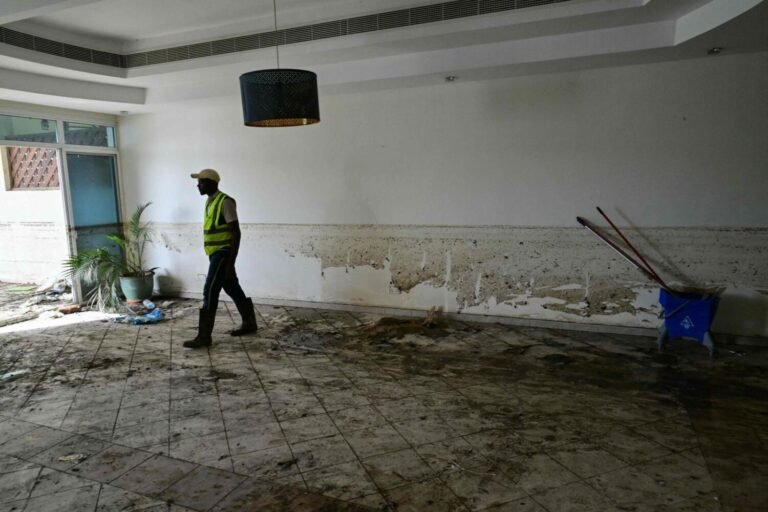The severe rains recorded on April 16 in the UAE have had a significant impact on insurance companies, potentially slashing their profits by up to 25% in the second quarter. This unprecedented rainfall led to extensive damage to properties and vehicles, putting smaller insurers at risk of liquidity and solvency challenges.
Industry experts highlight that the highest rainfall in 75 years has spiked claims, potentially driving some insurers into losses. However, investment income might cushion these impacts. Following the April rains, insurers reported a surge in claims related to automobiles, villas, and commercial properties, with estimates suggesting around 100,000 vehicles were affected.
“The combined effect of increased claims and higher reinsurance costs is projected to reduce profits significantly. Estimates suggest that profits could drop by as much as 15-25% compared to the previous quarter, depending on the insurer’s exposure and reinsurance arrangements,” stated Salman Shah, senior consulting actuary at Lux Actuaries and Consultants.
Badri Management Consultancy reported a 24% increase in revenue for UAE-listed insurance firms, reaching Dh8.5 billion in Q1 2024, compared to Dh6.9 billion in the same period the previous year. After-tax profits rose 19% to Dh654 million in Q1 2024.
Reinsurance Coverage Provides Relief
Salman Shah noted the substantial impact of the April 16 rains on UAE insurers’ profitability due to the spike in claims.
“This situation has strained the financial resources of many insurance companies, especially those with minimal reinsurance coverage or lower capital buffers. Guy Carpenter’s updated estimate of insured losses amounts to $2.4 billion, with motors’ share of $250 million. The property claim estimate increased significantly from the initial estimate of $650 million to $850 million, while motor updated losses were close to the initial estimate. The other major lines affected by rains are business interruption and travel insurance,” Shah added.
Most insurers are expected to see a reduction in profits rather than outright losses. Strong reinsurance coverage for major claims helps mitigate the financial impact, although smaller insurers with less capital may face liquidity and solvency issues. Larger insurers with diversified portfolios and substantial capital reserves are better positioned to absorb the financial shock.
Badri Management Consultancy indicated that solvency standings among companies are progressively under greater strain. Out of 25 firms that disclosed their solvency in Q1 2024, 6 did not meet the solvency criteria.
Post-rains, insurers have increased motor rates to cover the losses and higher reinsurance costs, which may improve future business profitability.
Investment Income as a Buffer
Jessica Botelho-Young, associate director at AM Best, mentioned that the UAE floods will impact insurers’ profitability for 2024, particularly those heavily exposed to motor comprehensive risks in Dubai.
“This will include local insurers and those that have subsidiary or branch operations in the market. Property and engineering claims will be largely ceded to the international market. There may be some accumulation of net loss exposures, utilisation of reinsurance capacity and ability to restate reinsurance cover if exhausted, potential changes to T&C, including price and commission rates at renewal – this could depress future profitability,” said Botelho-Young.
She added that many insurers’ losses for the quarter could be partially offset by investment income. According to Badri, investment income rose from Dh559 million in Q1 2023 to Dh754 million in Q1 2024, boosting overall profitability.
Botelho-Young also noted the possibility of spillover effects into Q3 as loss amounts are adjusted, or companies defer some losses to the next reporting period.


